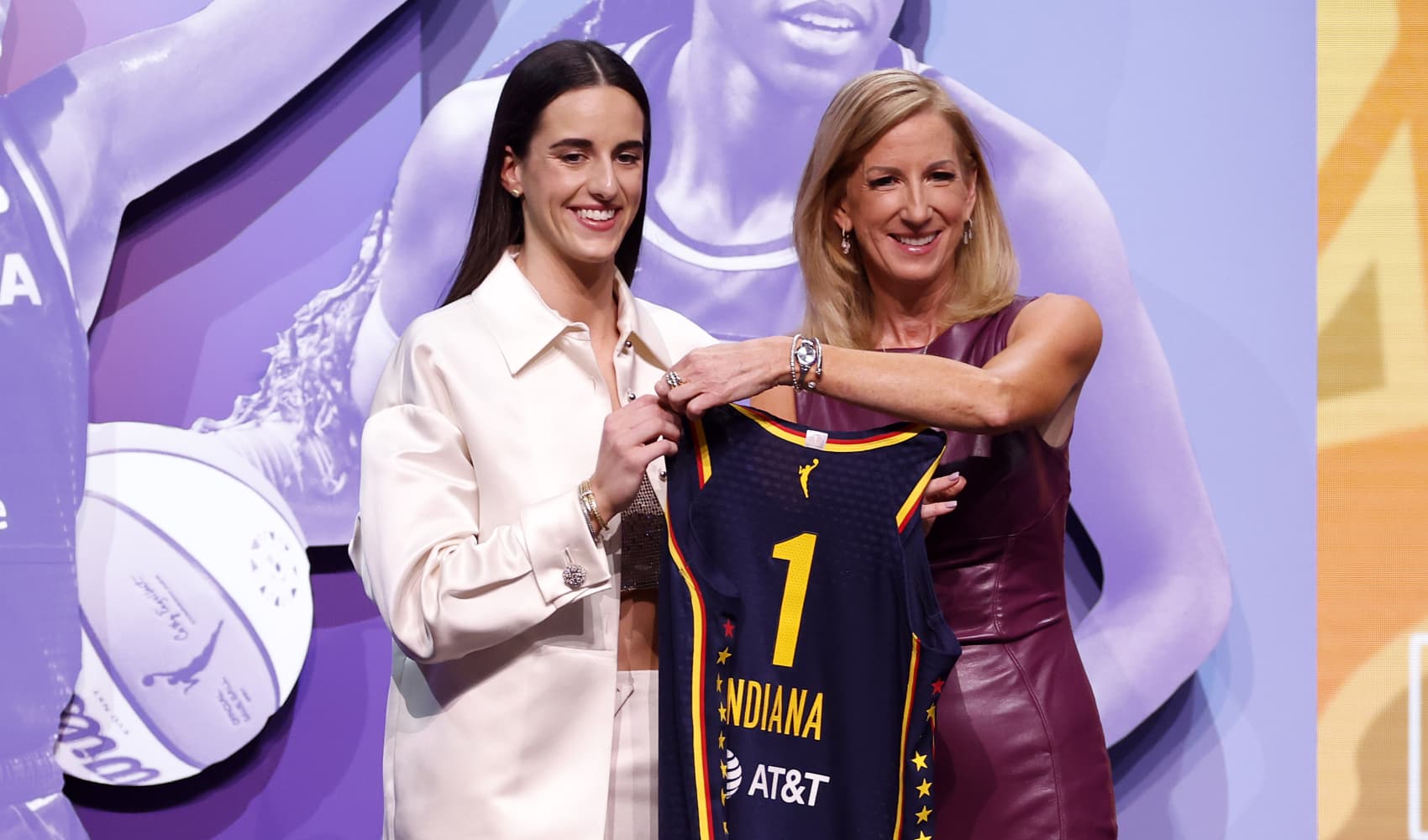
This year, Equal Pay Day lands on March 15, which signifies how far into the year women must work to catch up to what men earned the previous year.
On average, full-time working women earn 83 cents for every dollar paid to a man, which adds up to about $417,000 in lost wages over a 40-year career, according to the National Women's Law Center (NWLC). The NWLC estimates that it would take about 12 years of extra work for women to match men's earnings.
These numbers, however, understate the severe impact the ongoing coronavirus pandemic has had on women's progress in the workplace. Women have lost more than 1.4 million net jobs since February 2020 and make up close to 70% of job losers since the start of the crisis. Women continue to bear the brunt of pandemic job losses, too, as more than one million women are still missing from the labor force.
"It doesn't matter where you're working – the gender wage gap is everywhere," Jasmine Tucker, the NWLC's director of research, tells CNBC Make It. "It exists in 94% of occupations … and some people will think it's just a few pennies on the dollar, but over a lifetime, that adds up to some women never being able to retire, invest in a home or afford their kids' college tuition."
Get San Diego local news, weather forecasts, sports and lifestyle stories to your inbox. Sign up for NBC San Diego newsletters.
How the pandemic is making the pay gap worse
The disappearance of so many low-paid, part-time jobs at the start of the pandemic caused the median earnings for women working full-time to rise in 2020, the latest year for which data is available from the U.S. Census Bureau.
The numbers paint a picture of a closing wage gap (82 cents vs. 83 cents) but when comparing all women and men who worked in 2020, regardless of how many hours they worked, the average woman earned 73 cents for every dollar a white, non-Hispanic man earned, the NWLC reports.
Money Report
Women are overrepresented in low-wage and part-time occupations that were hit hardest by the pandemic, including waitressing, child care and retail.
"The women missing in this wage gap are the low-paid, part-time workers who felt the impacts of Covid the hardest," Emily Martin, VP for education and workplace justice at NWLC, says. "It misses the women who had to drop out of the labor force because they can't find affordable child care and the women who have had other family or personal obligations and only have time for part-time jobs."

If companies fail to close the wage gap, the average woman stands to lose about $10,435 each year, which could have paid for 9 months of rent, 13 months of groceries or a year's worth of child care – resources that could have been a "lifeline" for women and their families during the pandemic, according to the NWLC.
"This wage gap is robbing women of their ability to weather the financial storm Covid caused," Tucker says. "There's still a crisis happening – people are behind on rent, going hungry or afraid to work in an office because they have immunocompromised kids – but if we close the wage gap, it would be less of a crisis."
The pay gap is hurting women of color even more
While the average woman makes 73 cents for every dollar a white, non-Hispanic man is paid, this number, which takes non-full-time workers into account, changes depending on a woman's race: White, non-Hispanic women were paid 73 cents, for example, while Asian American women were paid 75 cents for every dollar.
For many women of color, however, the gap is even worse as Black, Native American and Latina women earn 58 cents, 50 cents and 49 cents for every dollar a white, non-Hispanic man earns, respectively.
This lost income adds up to over a million dollars in a lifetime: Latinas lose a staggering $1,156,440 over a 40-year career while Native American women lose $1,080,000. "It's almost impossible for them to catch up," Tucker notes.
The pandemic has had an especially devastating impact on the finances of Latinas and Black women. Research conducted by LeanIn.Org and SurveyMonkey in February 2021 found that nearly half of Latinas and Black women have struggled to afford basic necessities like rent and child care throughout the pandemic.
Conversations about the pay gap tend to focus on offering men and women equal salaries for the same role, which is an important piece of the puzzle, Martin says, but other factors driving the wage gap deserve attention, too.
"We need to think more broadly about what equality looks like at work," she says. "It's pay transparency, but it's also creating safe, equitable work cultures by reducing harassment and strengthening paid family leave policies, for example … fixing the wage gap goes far beyond equal paychecks."
Check out:
Women are using the Great Resignation to negotiate raises or quit for better pay elsewhere
Feeding America's CEO shares the 'transformative' advice that changed her career
Sign up now: Get smarter about your money and career with our weekly newsletter






